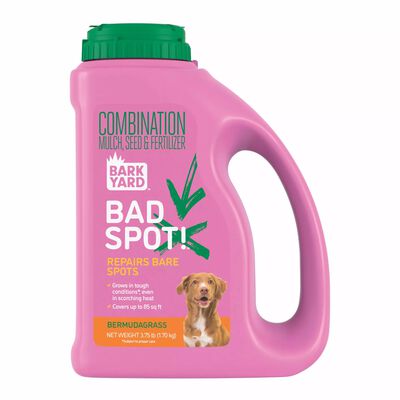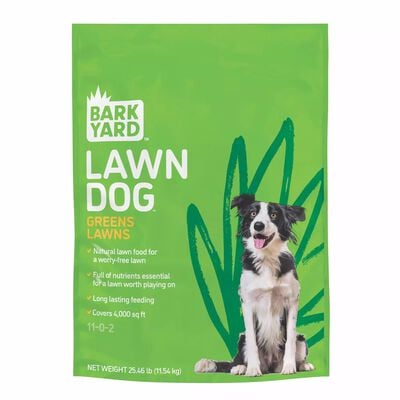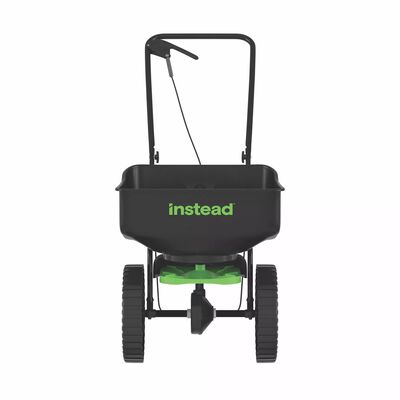
Prevent and Fix Dog Spots in Your Lawn
When you love your pup, but not the unsightly yellow and brown spots they do to your grass.
A persistent yellow or brown spot in your lawn is not the end of the world, as long as you know how to prevent it. To keep dog pee spots from continuing to appear, start by switching up your dog's outdoor routines.
The reason these spots appear comes down to different compounds in dog urine. But one of those very same compounds can actually be effective as fertilizer, when it's present in smaller amounts. That's right, urea found in dog urine can actually help your lawn to grow. It's what causes the grass at the edges of a pee spot to be taller and darker green.
To turn your fluffy pup's daily run for relief into something that helps your lawn, you'll need to pay some attention. Let your dog out only at times when you can supervise them, and notice where they're doing their business. Follow up their spray with one of your own, giving the grass a quick wash wherever dog pee has landed. If you dilute your dog's pee every day with this method, your lawn should stay pee-spot free.
Keeping Your Grass Greener
1. Remove All Waste
Don’t just flush the lawn after your dog uses it, but remove your dog’s waste products, too. Dog poop isn’t as harmful to your lawn as dog pee, but a lawn that’s free and clear of both is a much happier place. Removing dog poop regularly also cuts down on nocturnal critters who won’t be drawn to your lawn any longer.

2. Choose The Right Grass
When it’s time to reseed your lawn in early fall, make sure to choose a hearty, dog-pee tolerant type of grass. Tall fescue and perennial ryegrass are known to be more tolerant to salt, while Kentucky bluegrass and creeping red fescue can self-repair thin areas with stems that grow underground.

3. Don't Over-Mow
Mow your grass once a week or as needed during the grass growing season, from spring to fall. Ideal mowing height depends on what kind of grass you have in your yard, but try to avoid mowing more than a third of the total height of your grass each time you mow (also known as the “law of thirds” among lawn-care enthusiasts). Mowing your grass “high” can make damage from dog pee less visible.

4. Stay Calm
Overall, try to have patience -- with your dog, with your lawn, and with yourself -- as you nurture and repair your outdoor space. When you use Bad Spot!™ as a way to repair dog pee spots and lawn damage that’s in-progress, there really is no limit to how often you can use it. Spring and fall are the best times to add seed and fertilizer, but there’s no reason to wait to get started when Bad Spot!™ can help solve the problem right now.



